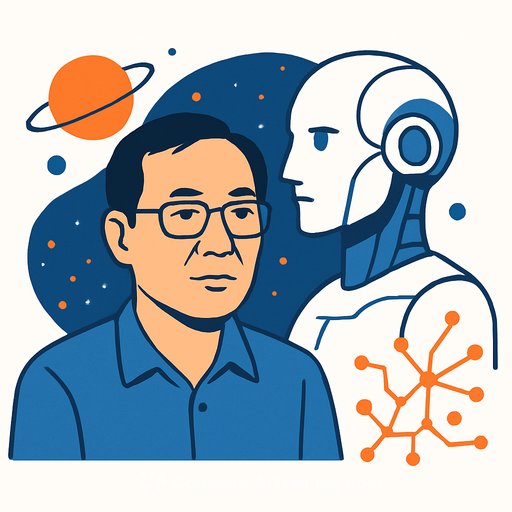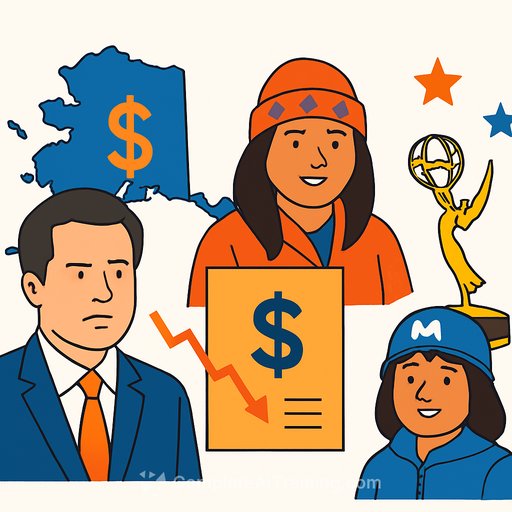Writing With AI: Choose the Writer You Want to Be
What kind of writer do you want to become? That question sits at the center of "Writing with AI," a course led by Anuj Gupta, an assistant professor in the Department of English. Hired by the USF College of Arts and Sciences, Gupta equips students to work with generative AI while keeping their craft, ethics and careers intact.
His work blends humanistic and social science methods to study how writers interact with AI. He completed his doctorate at the University of Arizona and is building a practical framework that helps writers think clearly about these tools and make deliberate choices.
Why this matters for writers
GenAI tools can broaden access to knowledge, boost productivity and meet employer expectations for AI literacy. They also raise real questions: copyright, plagiarism, environmental load and the automation of writing work.
If you publish, pitch or build client work, you need a stance on these issues. For a primer on current guidance, see the U.S. Copyright Office's overview of AI and copyright here.
The 4 Ps: A simple model for AI literacy
Gupta's "4 Ps" give writers a clear way to evaluate and use GenAI:
- Products: Test multiple tools (e.g., ChatGPT, Microsoft Copilot, Google Gemini). Note where each produces strong drafts, where it fails and how it handles sources. Create a rubric for tone, accuracy, and factual grounding.
- Processes: Study how outputs are made. What data trained the model? What does your prompt ask-and omit? Build a prompt playbook for ideation, outlining, revision and fact-checking. Keep your human edits visible.
- Policies: Compare AI acceptable use policies from universities, journals and workplaces. Some expect AI use; others restrict it. Document your own policy for clients and editors so expectations are clear.
- Public Connections: Track lawsuits, regulations and community responses to data centers and energy use. These forces influence your rights, your clients and your costs.
How the course is structured
Gupta starts by placing GenAI in a long line of writing tech-from pens and typewriters to word processors and search engines. Tools change how we write, and in turn, how we think. Understanding that lineage helps writers use AI with intent rather than habit.
From there, students experiment, analyze outputs, learn prompt mechanics and study policy differences across institutions. The point isn't blind adoption or total refusal. It's informed choice.
Practical moves you can use now
- Run a tool audit: For one article, test two AI tools plus a human-only draft. Compare time saved, accuracy, originality and edit effort.
- Build a prompt library: Save prompts for research synthesis, angle discovery, structure, voice calibration and integrity checks. Keep examples of good and bad outputs.
- Create your AUP: Write a one-page acceptable use policy for your writing. Define where AI is allowed, where it is not, and how you disclose use.
- Fact-check the old-fashioned way: Require citations or source leads from AI outputs, then verify independently.
- Track public issues: Set a monthly reminder to review AI legal updates and environmental reports. Adjust your policy as needed.
The mindset
AI literacy is a skill set, not a loyalty test. You do not have to be for or against AI to be competent. You should be able to explain your choices to editors, clients and teammates-and back them with process.
As Gupta puts it, GenAI may become as common as word processors and the internet. How writers choose to engage with it is the real variable.
Further learning
- Explore AI course paths by job role: Complete AI Training
- Build prompt skills with curated resources: Prompt Engineering Guides
Your membership also unlocks:






